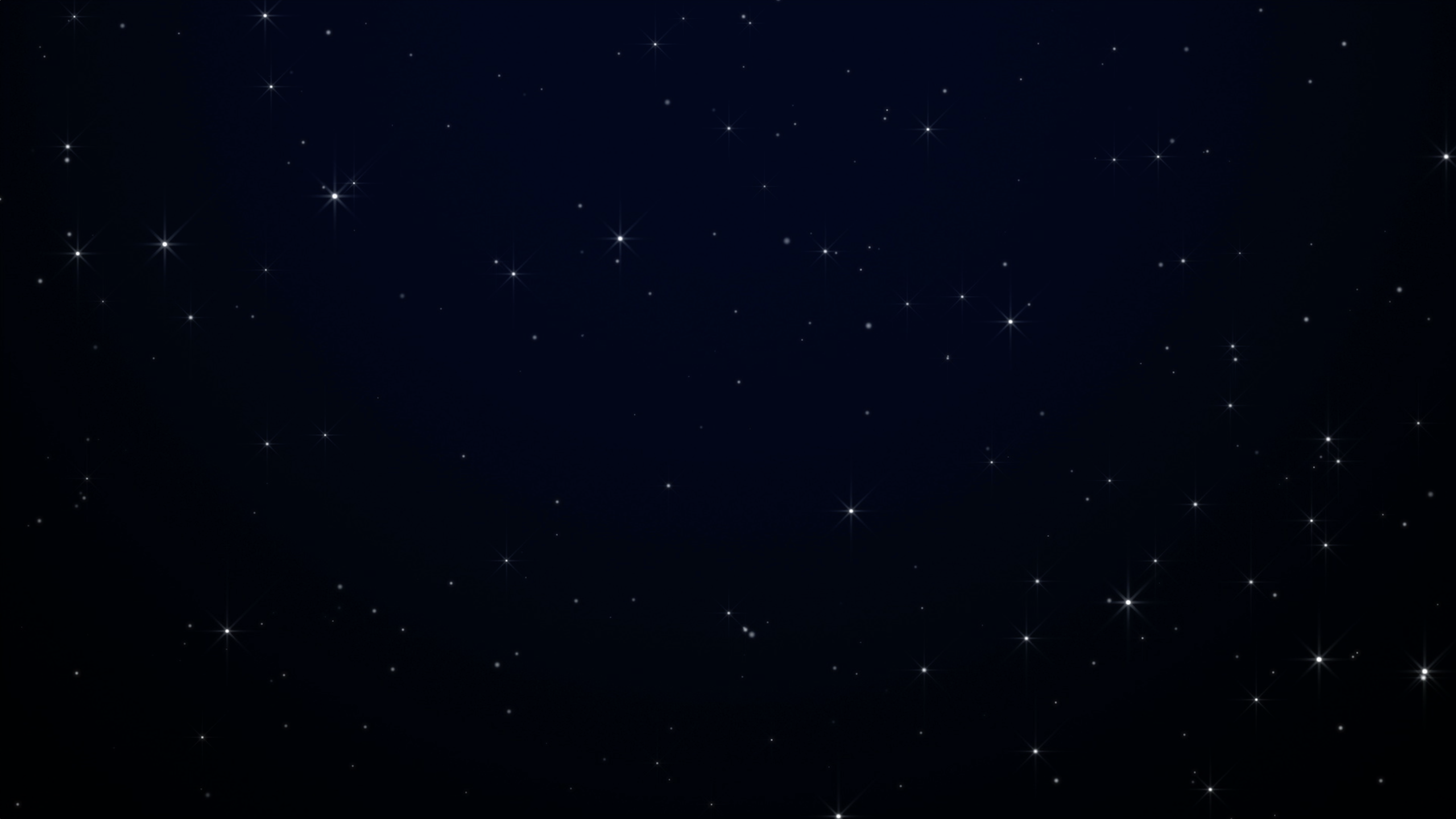HOUSTON, WE HAVE
AN EXPERIMENT
UH Engineer Sends Cancer Research to the International Space Station
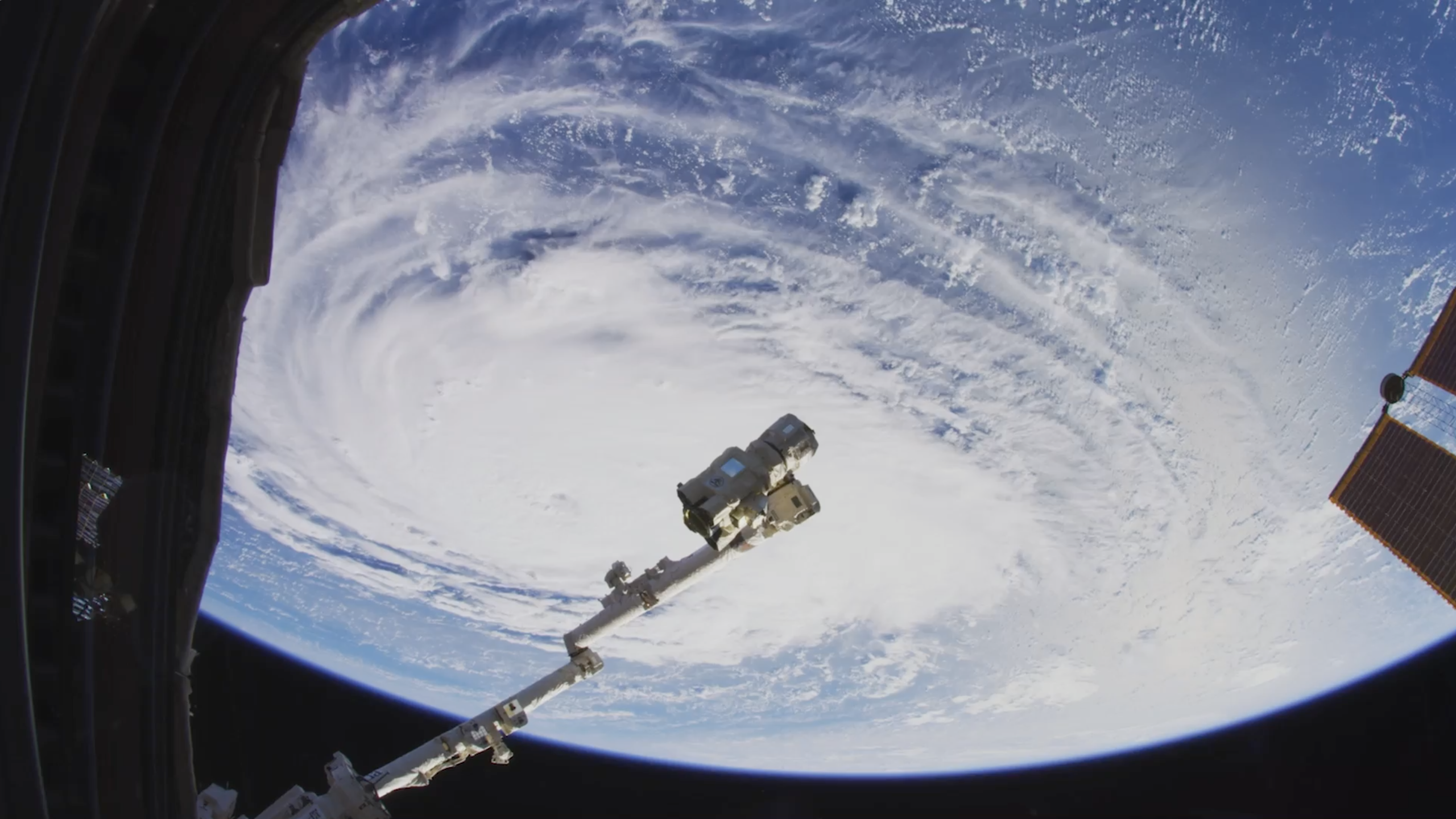
Precious Cargo
On a crisp November day, University of Houston chemical engineering doctoral student Yuechuan Xu set out for a drive to Houston’s Intercontinental Airport. Beside him on the car seat was precious cargo - a Styrofoam box which held 30 tubes of ice in which two miniscule proteins were suspended in various forms. One of the proteins, p53, protects cells from cancer. The other protein, hnRNPA, causes amyotrophic lateral sclerosis (ALS), known as Lou Gehrig’s disease.
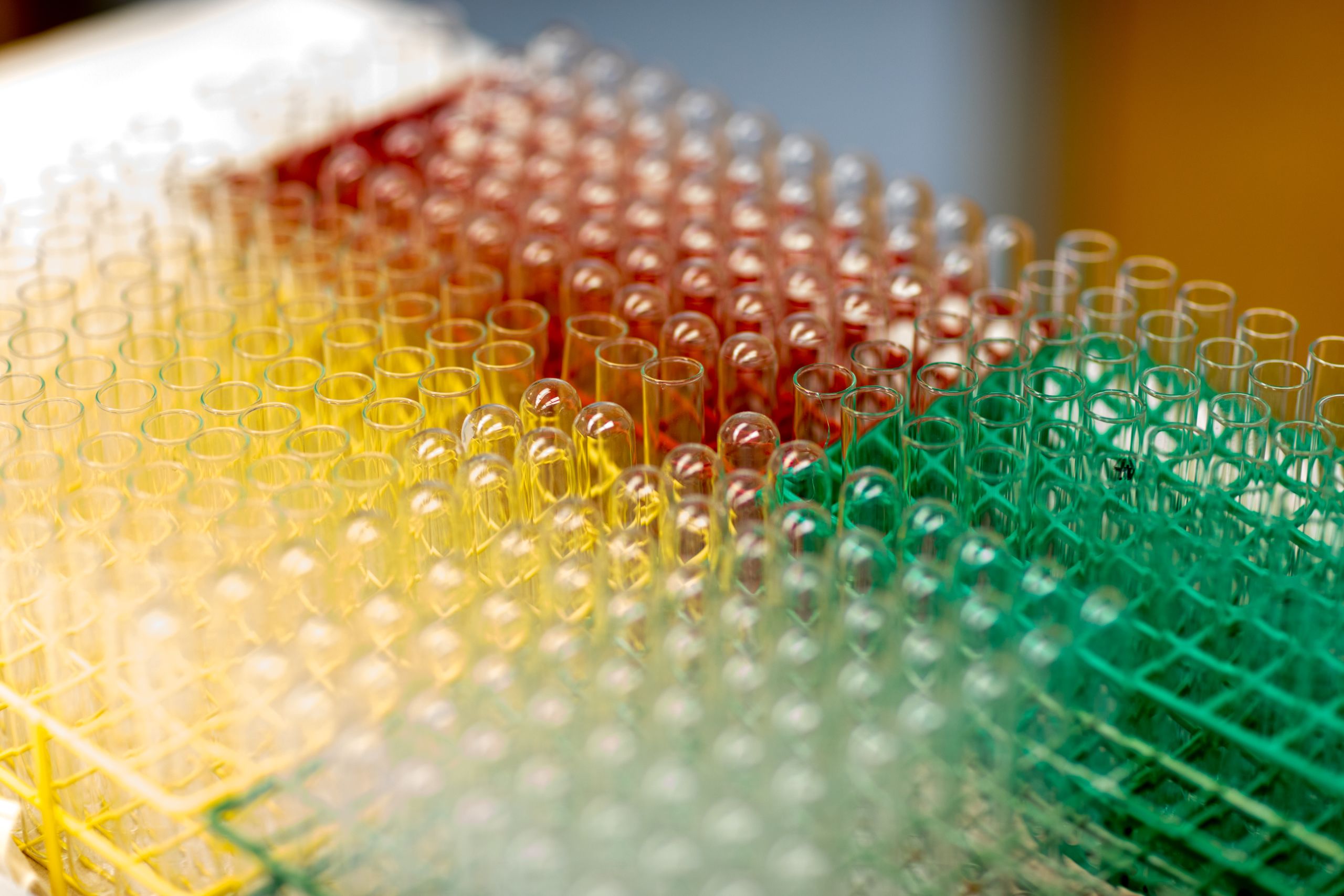
Soon the box, with its frozen cargo, would pass through the Transportation Security Administration on the first leg of a 220-mile journey. That short of a trip seems easy, essentially the same as a road trip from Houston to Dallas. Except on this outing, the 220 miles was straight up into the air, beyond the stars, and onto the International Space Station by way of a Space X rocket on a resupply mission that would launch on Dec. 5.
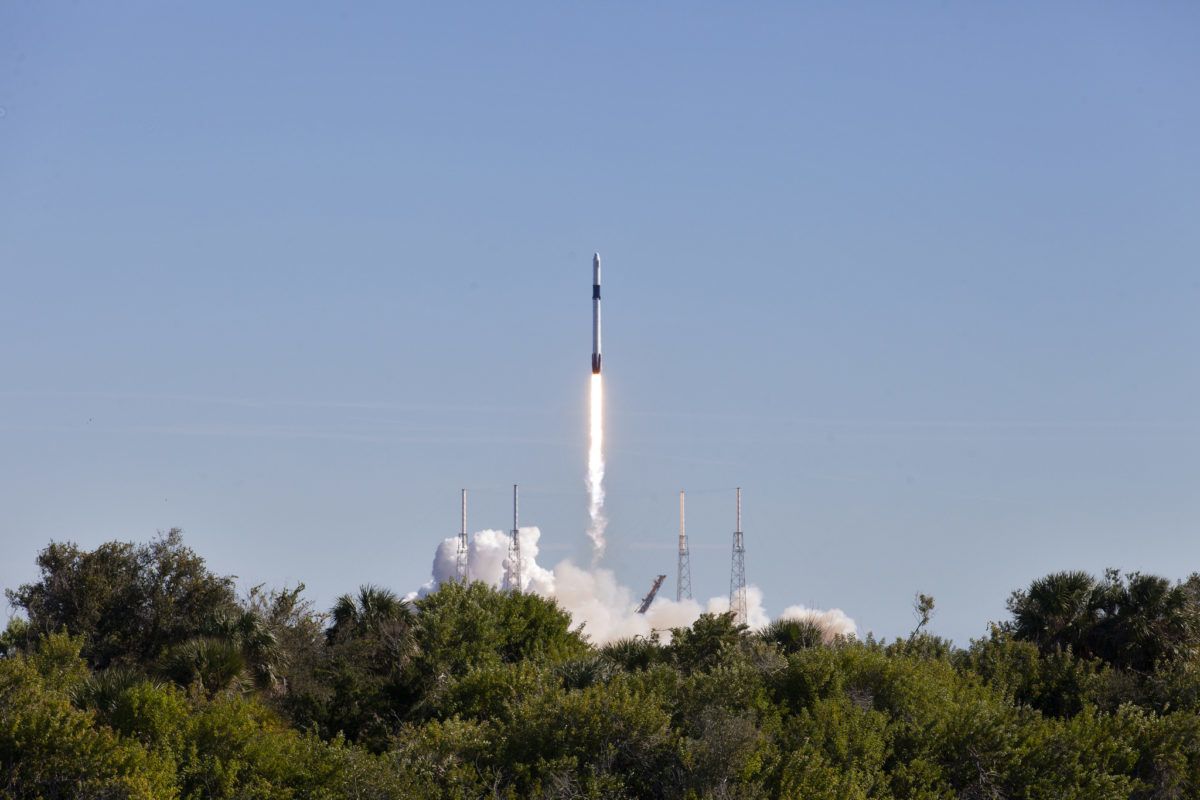
The two-stage Falcon 9 launch vehicle lifts off Space Launch Complex 40 at Cape Canaveral Air Force Station carrying the SpaceX’s Dragon resupply spacecraft to the International Space Station on Dec. 5, 2018. Photo credit: NASA/Kim Shiflett
The two-stage Falcon 9 launch vehicle lifts off Space Launch Complex 40 at Cape Canaveral Air Force Station carrying the SpaceX’s Dragon resupply spacecraft to the International Space Station on Dec. 5, 2018. Photo credit: NASA/Kim Shiflett
“I was worried, carrying these things,” admits Xu, who accompanied the cassettes of tubes to Florida where they would be transferred to the Space X launch pad at Cape Canaveral. “It was very cool though, especially that we were flying them on Elon Musk’s Space X 16, it was just amazing.”
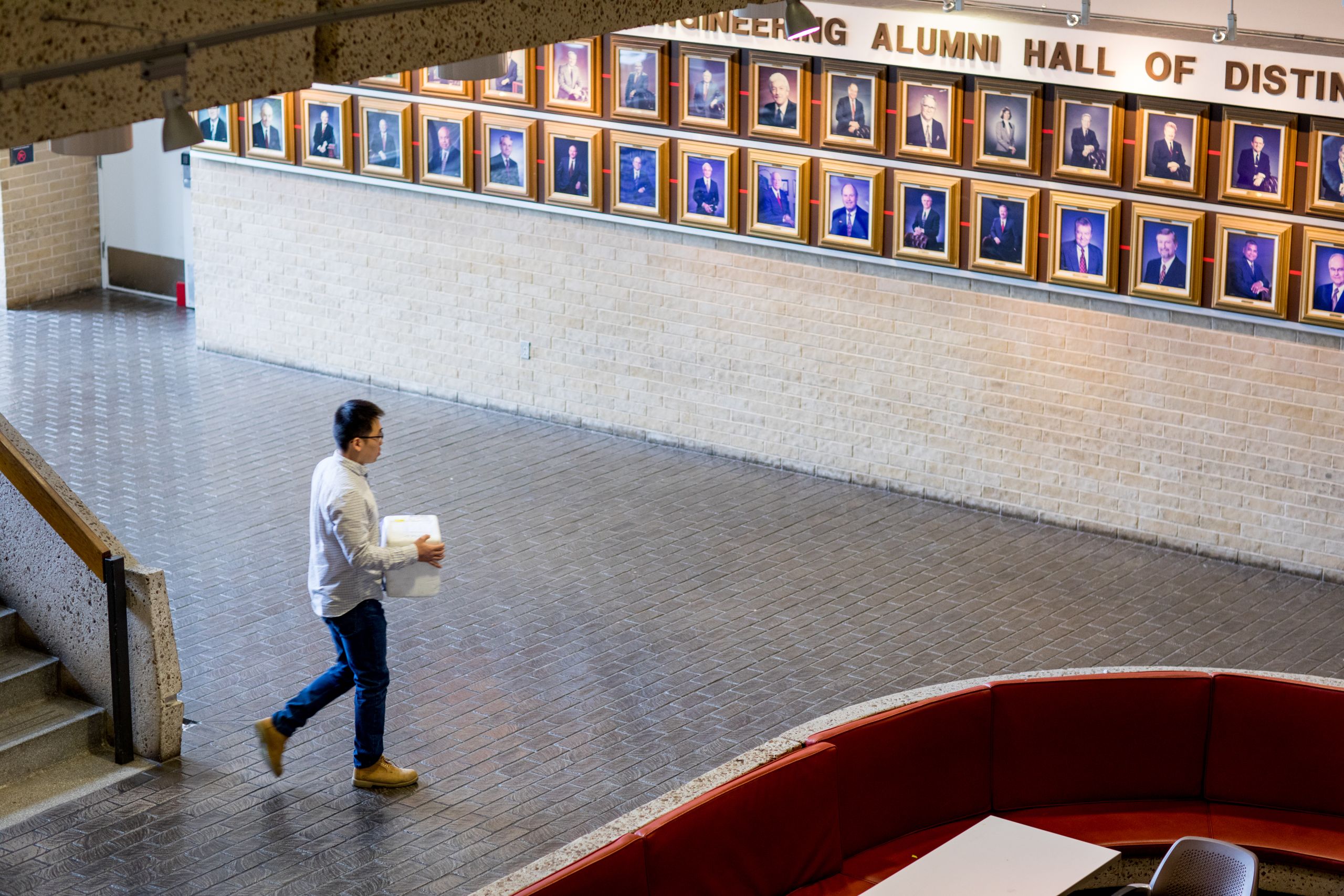
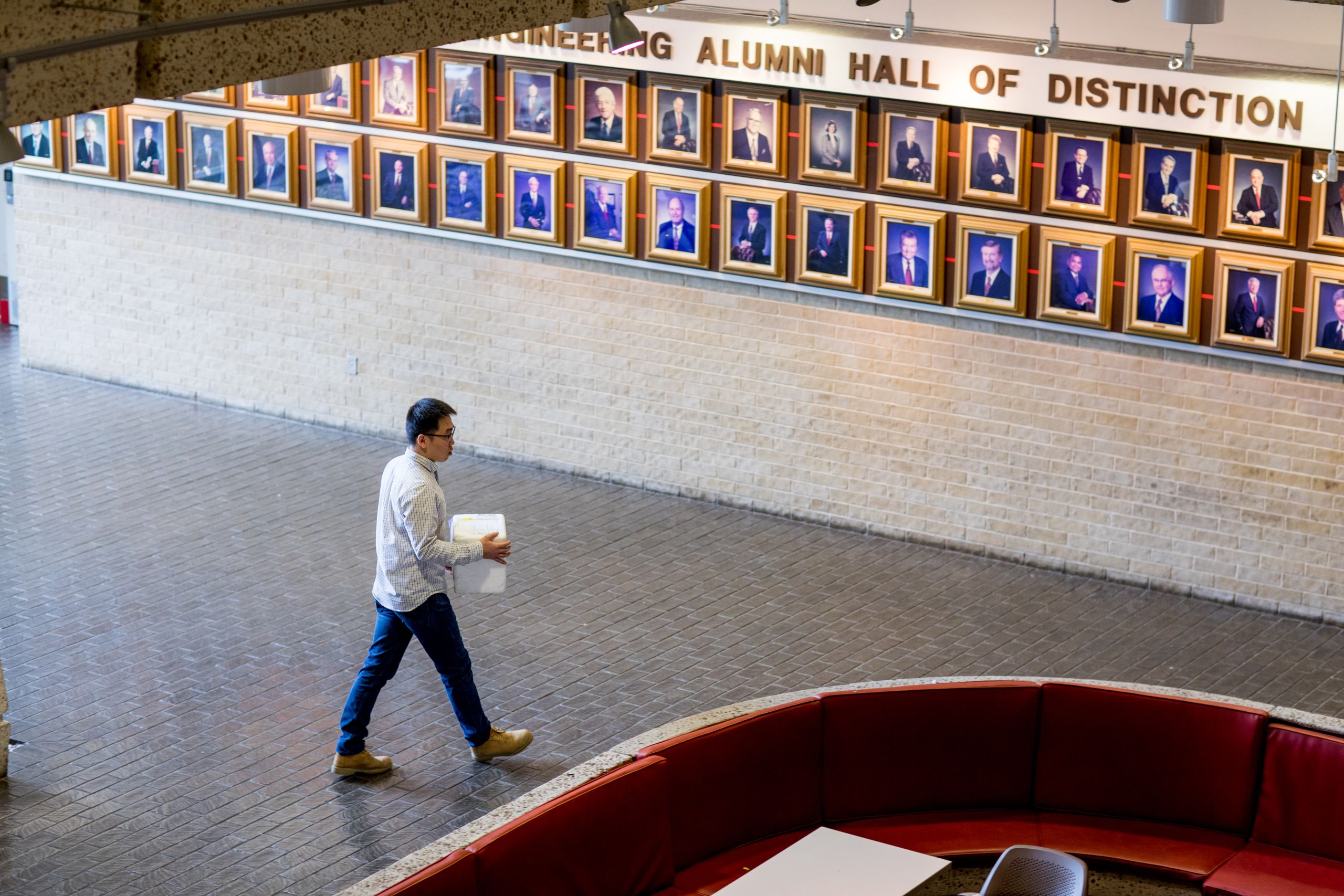
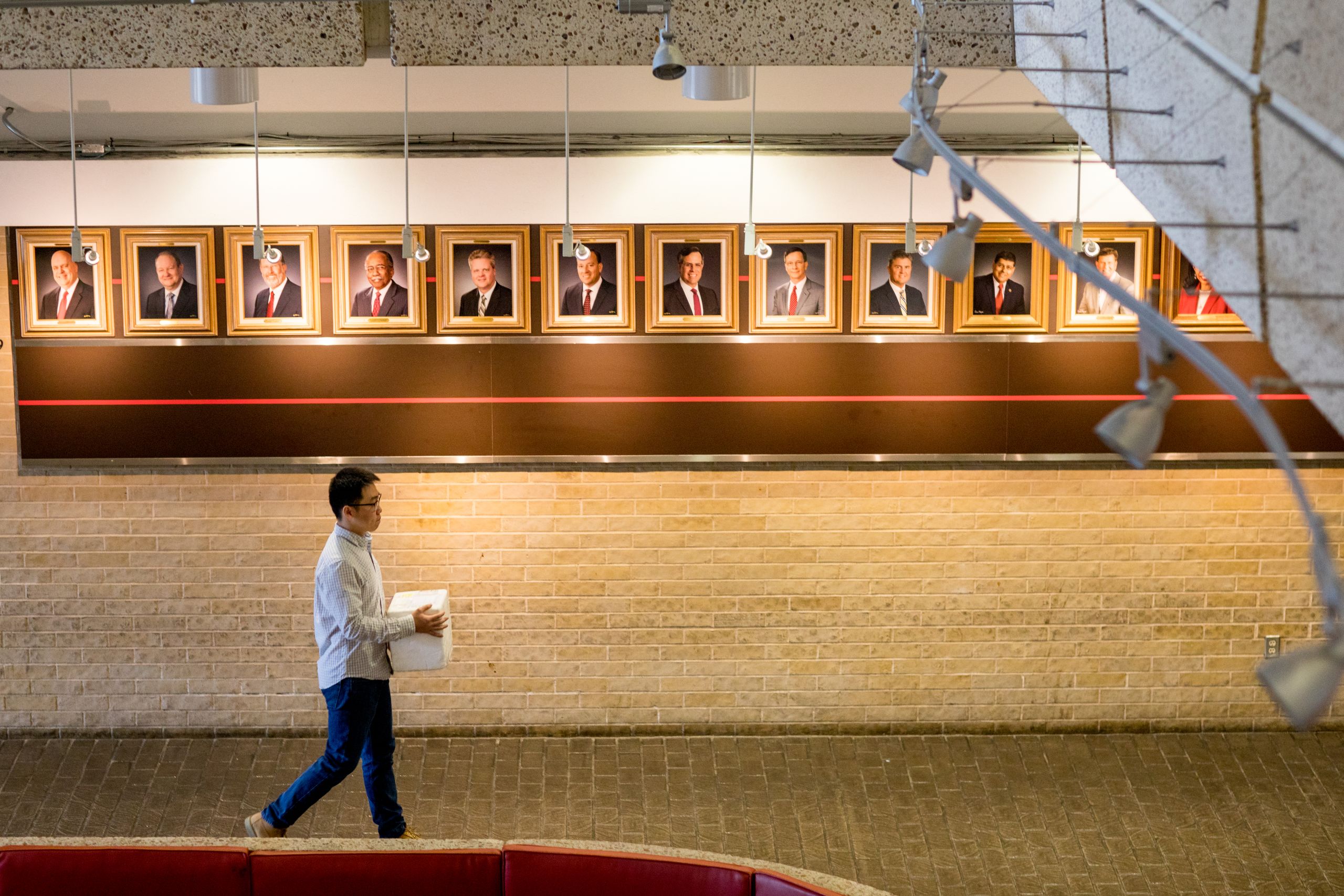
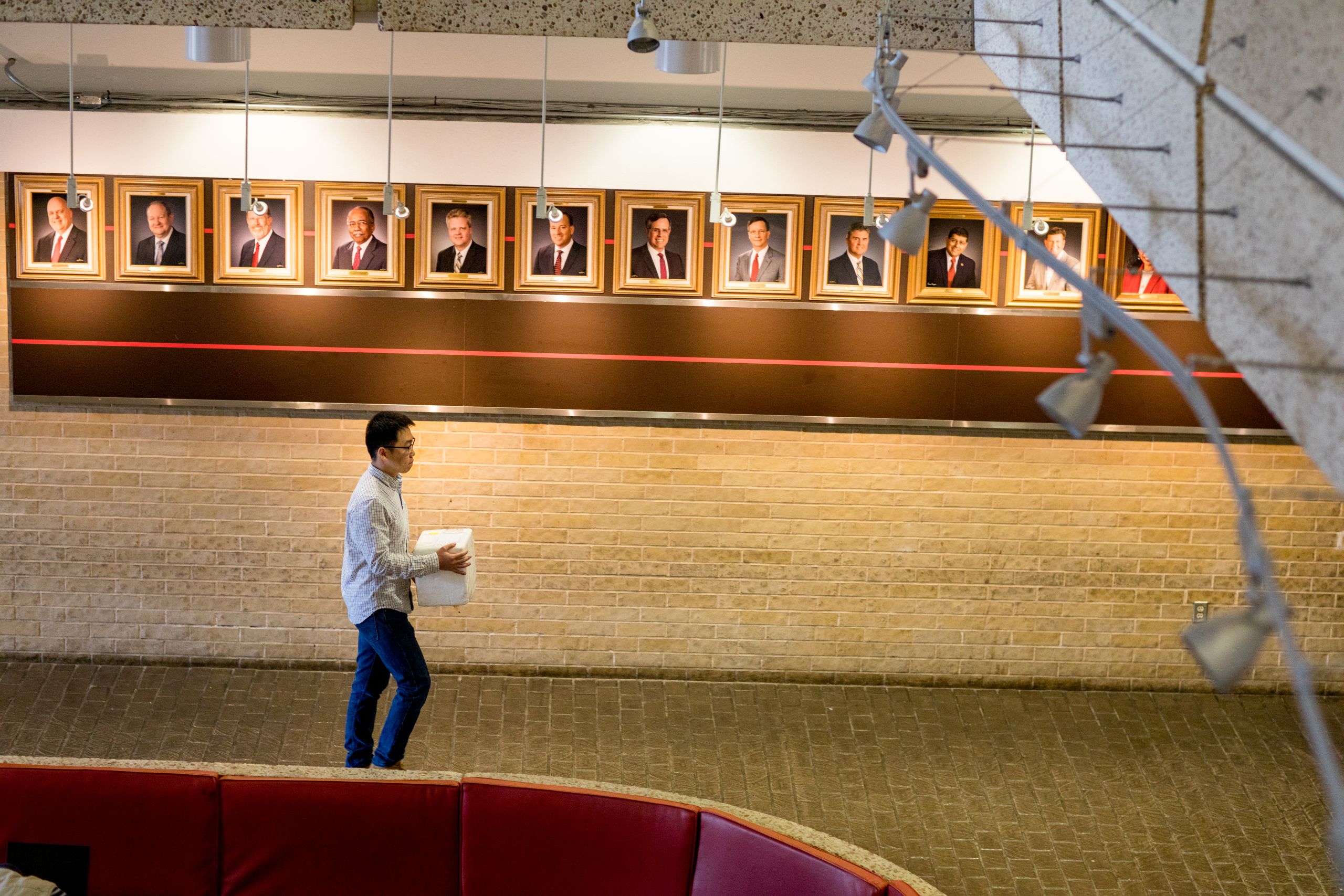
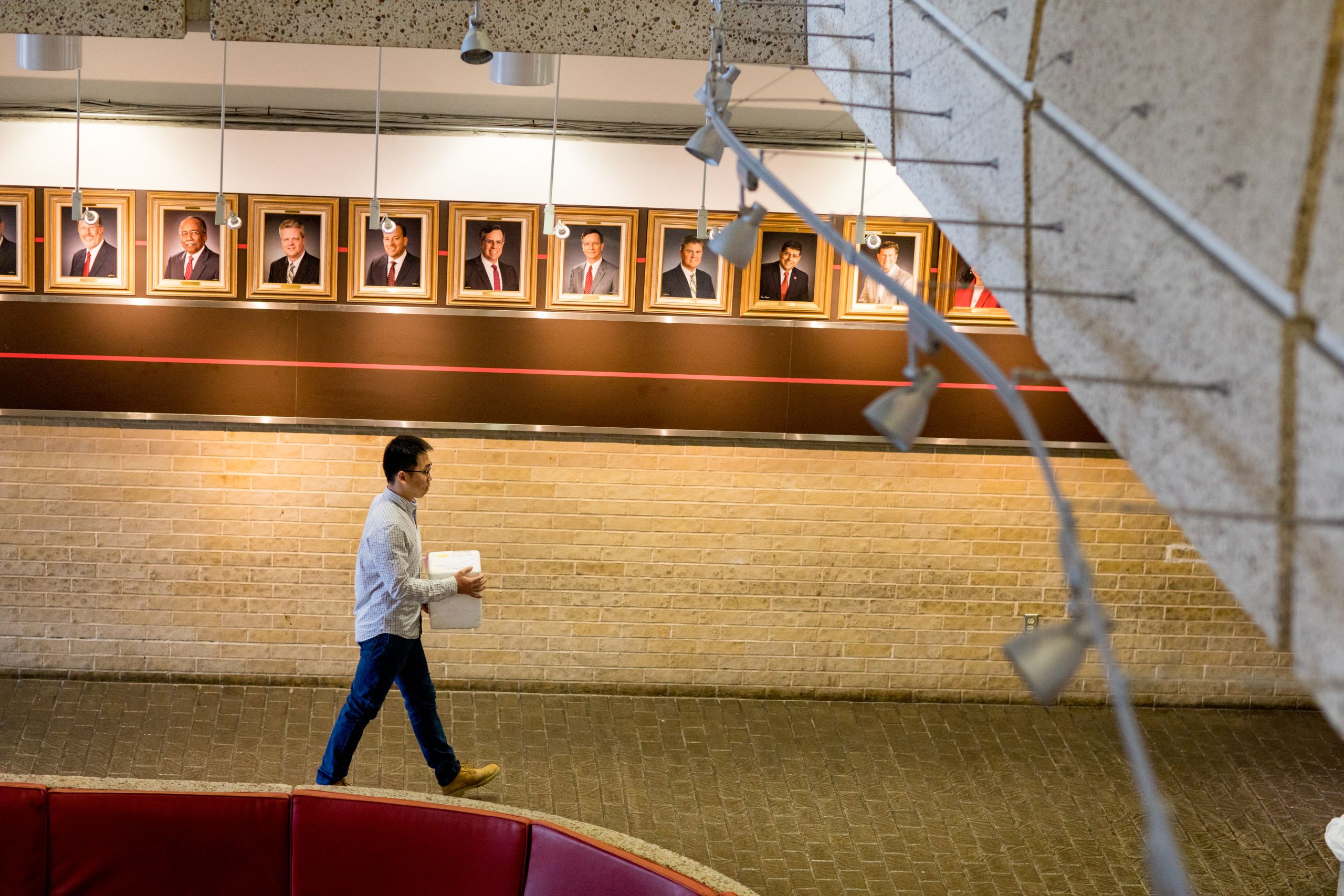
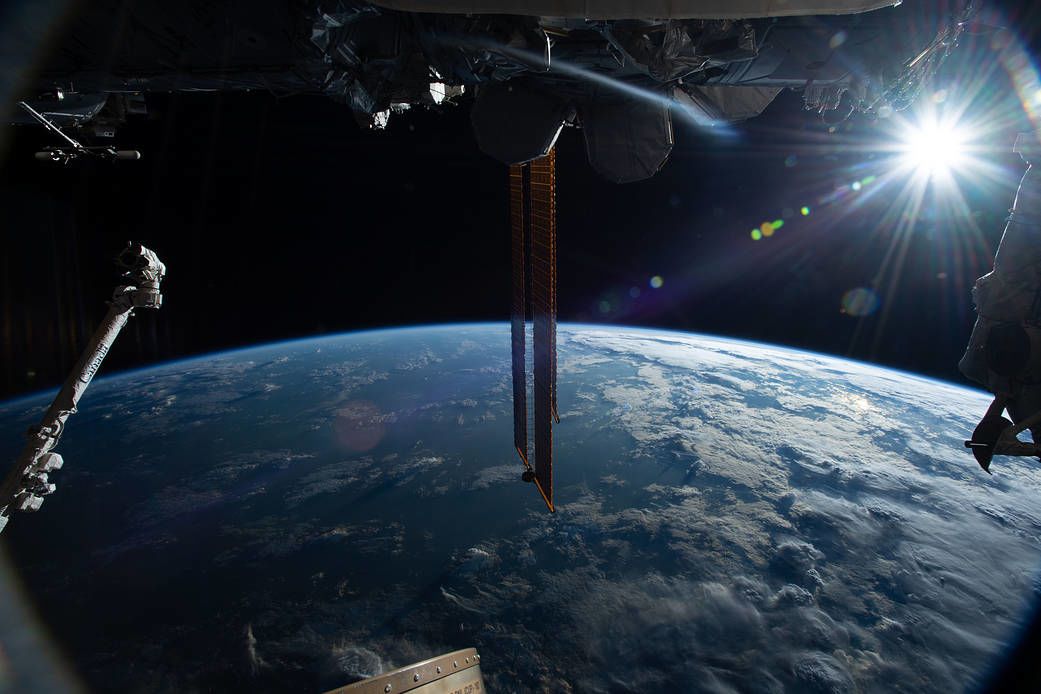
INTO SPACE, BUT WHY?
University of Houston Professor Peter Vekilov and his research on protein p53

“In space because there is no gravity, there is no solution flow."
Two days after launch, the Space X rocket docked with the space station and unloaded its University of Houston cargo.
“Normal p53 protects you from cancer. Mutated p53 causes cancer by destroying all cancer protection mechanisms,” said Peter Vekilov, John and Rebecca Moores Professor of chemical and biomolecular engineering and chemistry. With no gravity in space, conditions are ideal to test Vekilov’s theory about how mutated groups of p53 form into droplets, a deceivingly small-sounding name when you learn that a single droplet might contain thousands of mutated p53 proteins.
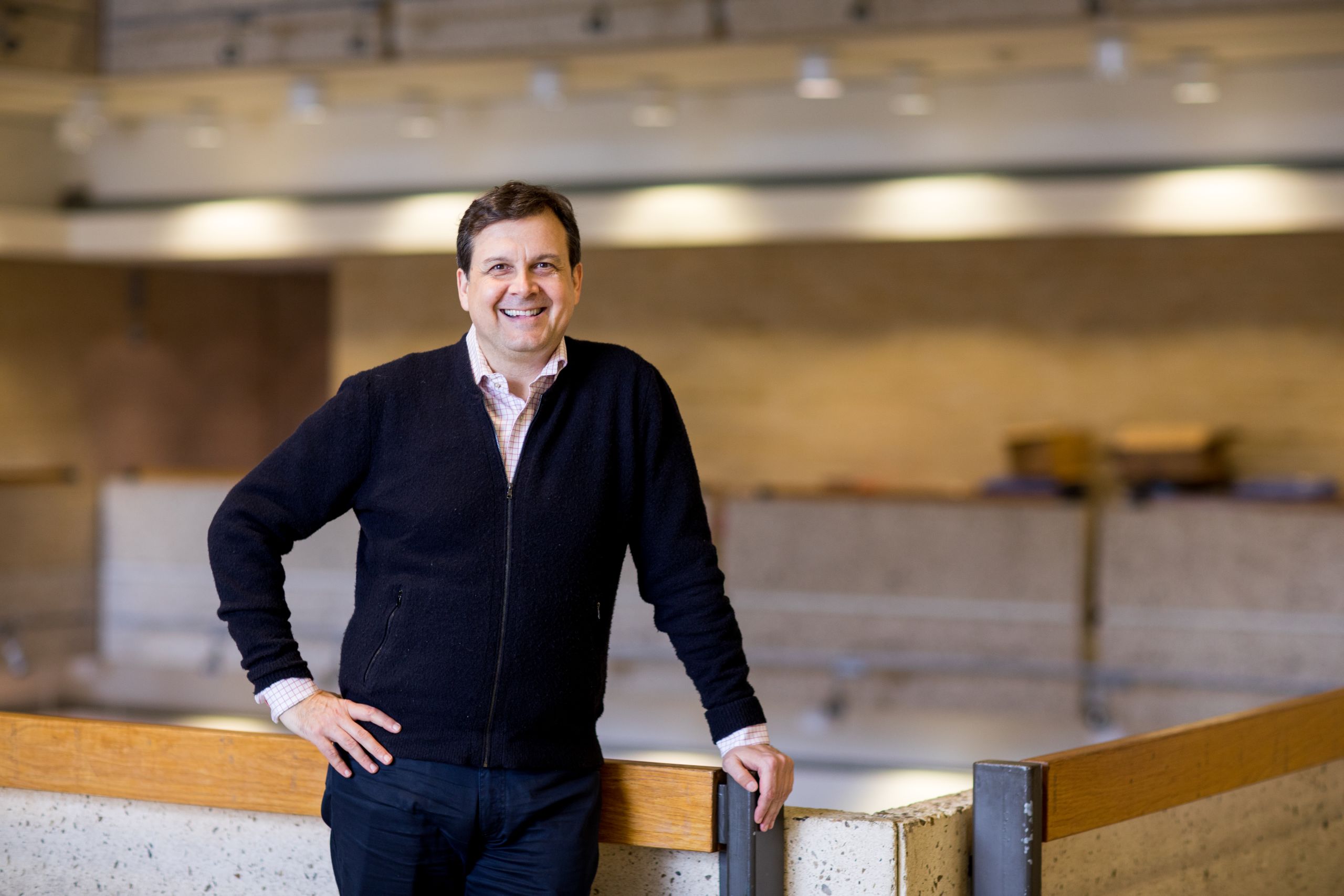
Professor Peter Vekilov, University of Houston Cullen College of Engineering
Professor Peter Vekilov, University of Houston Cullen College of Engineering
“We want to study how these droplets form and how solution flow effects aggregation of p53 and to do this you have to have no solution flow,” said Vekilov. “In space because there is no gravity, there is no solution flow."
If they find out how the droplets form, they can potentially find a way to prevent them from congregating.
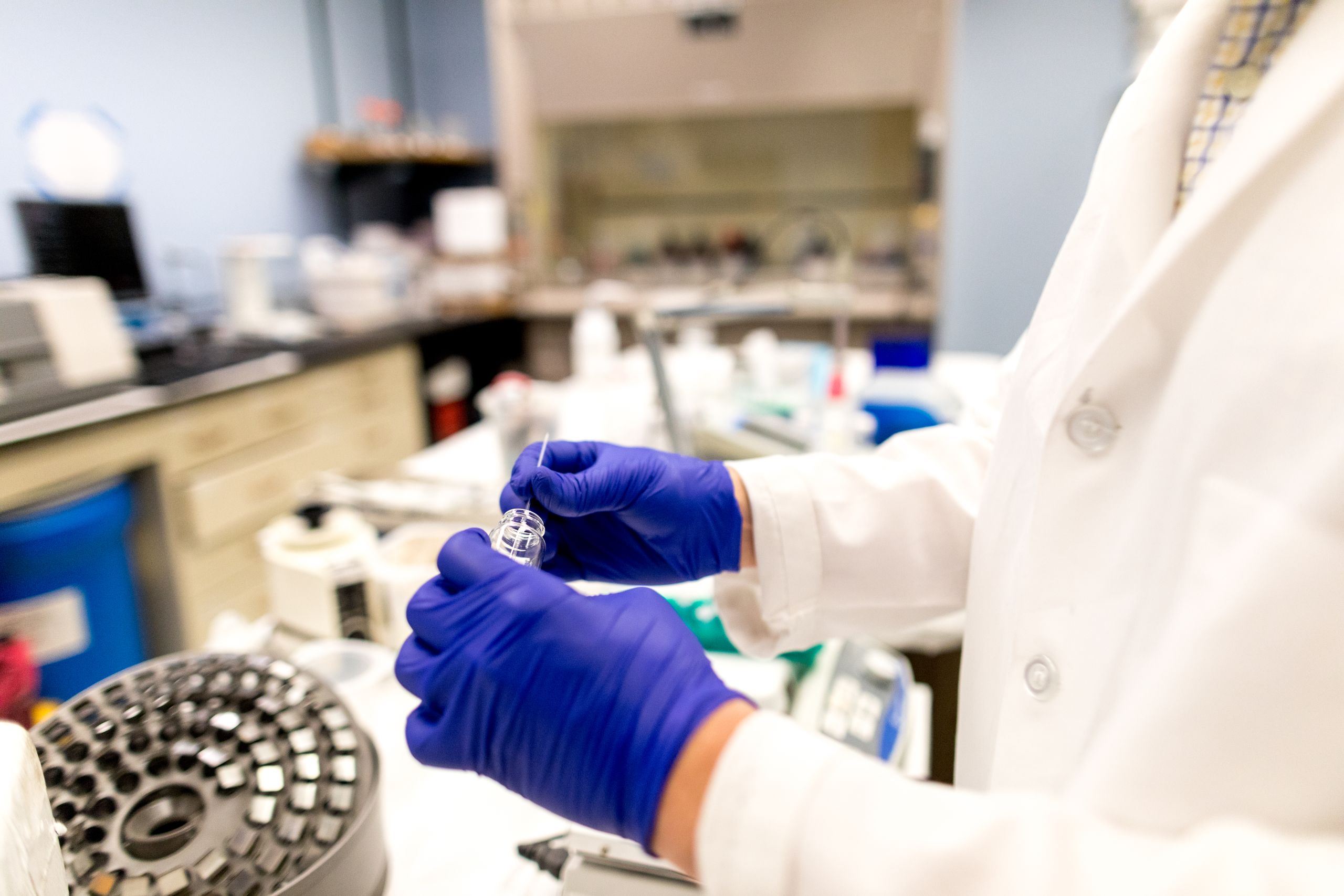
THE ASTRONAUT AND HER WORK
Anne C. McClain a member of NASA'S 21st astronaut class

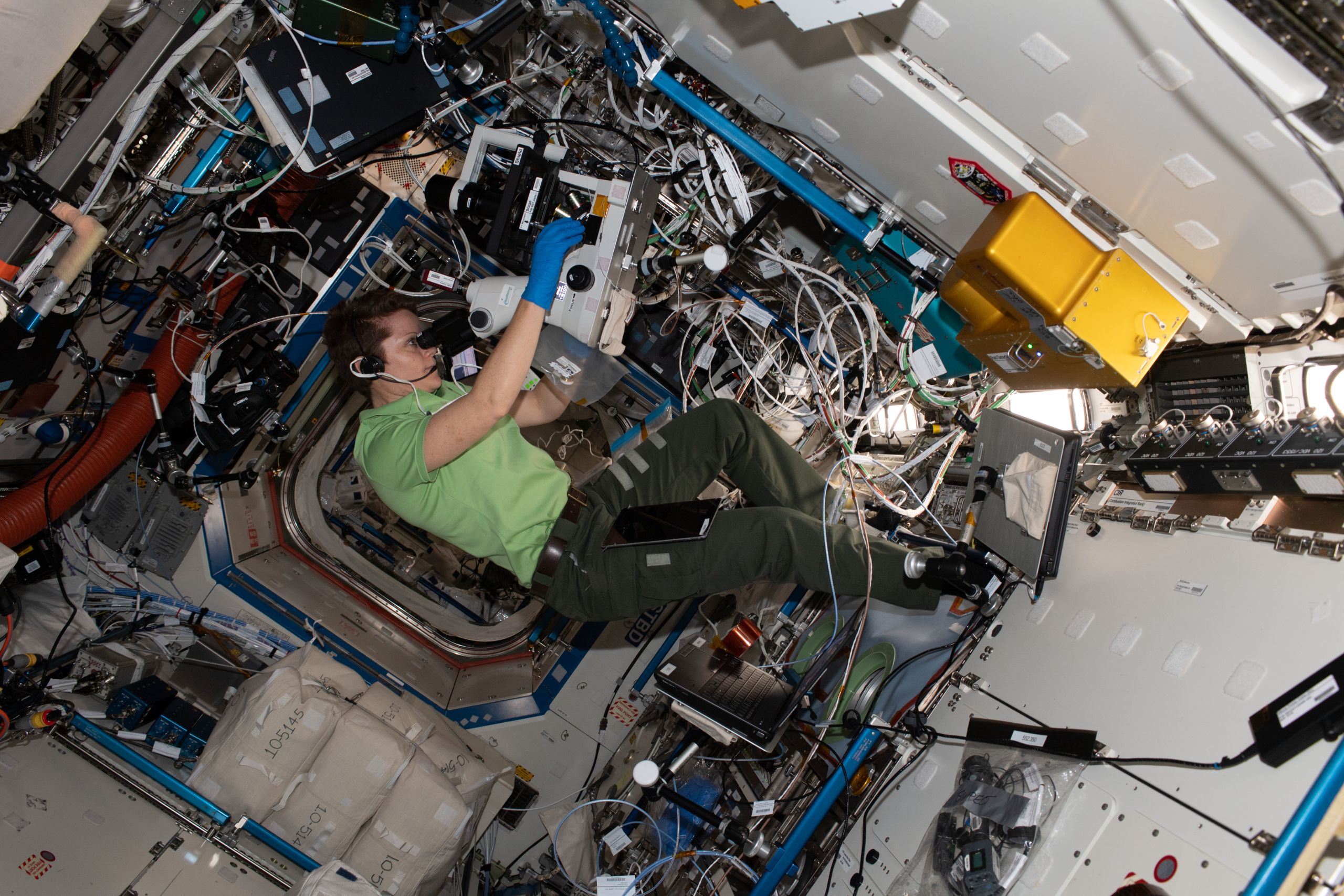
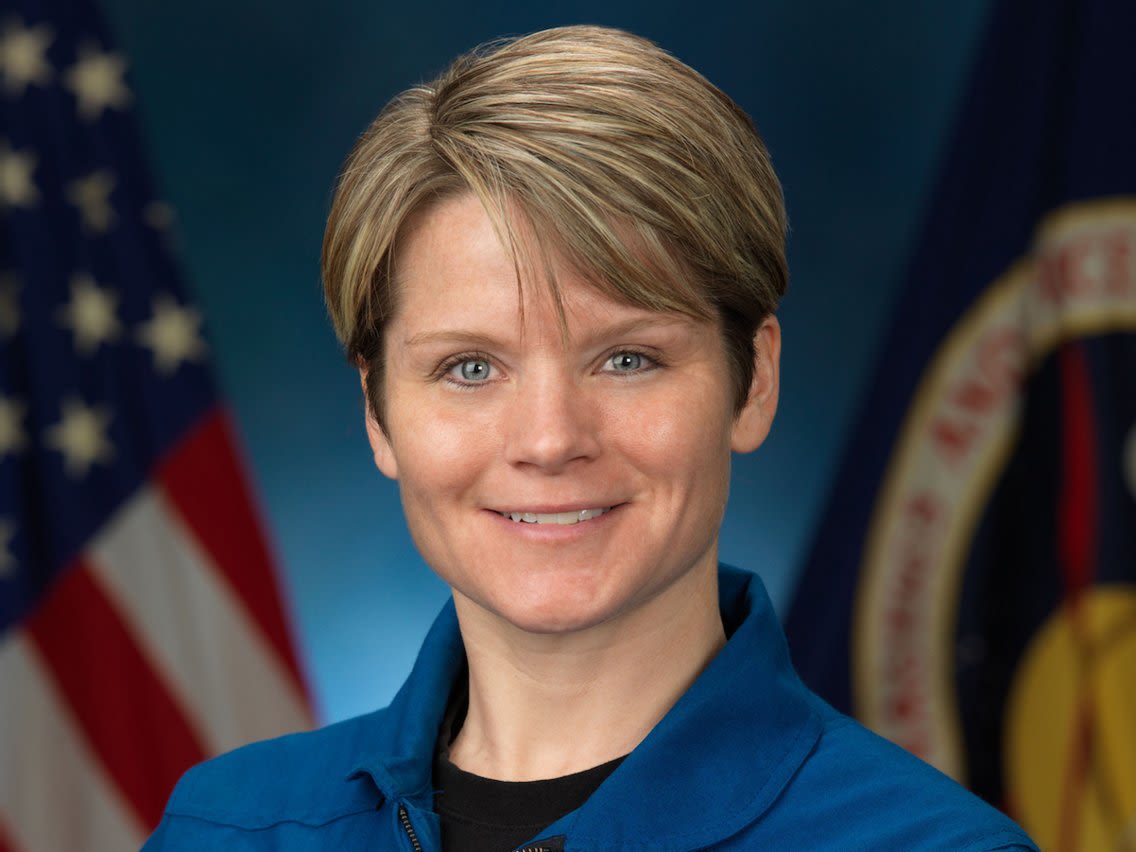
Astronaut and aerospace engineer Anne C. McClain will be aboard the ISS until June 2019. Photo credit: NASA
Astronaut and aerospace engineer Anne C. McClain will be aboard the ISS until June 2019. Photo credit: NASA
On board the ISS, astronaut Anne McClain, a lieutenant colonel in the U.S. army who earned a bachelor's degree in mechanical engineering at West Point, takes charge of Vekilov’s experiments. First task is thawing the tubes, then placing them beneath the Light Microscopy Module, a high-powered light imaging microscope. Back on Earth, in Cleveland at the NASA Glenn Research Center, scientists remotely acquire and download terabytes of digital images and videos of Vekilov’s proteins across many levels of magnification.
Under Vekilov’s watchful eye, his team is scouring the images for change, a process that may take up to two years given the amount of data. “We are subtracting images from one another to see if we find a white pixel. If something has changed in the image you suddenly have a white pixel and once we process that pixel we can see how things are moving in the solution. We study these motions which is how we study aggregation in space,” said Vekilov.
Though conditions in space are stagnant, all particles in fluid are subject to random movements due to the phenomena called Brownian motion, the erratic movement of particles as they hit surrounding molecules.
“We use Brownian motion of the particles to see if droplets form and measure their size. If they do develop, it is very slow.” said Vekilov.
A MEANINGFUL DEDICATION
Experiments Dedicated to Stephen Hawking

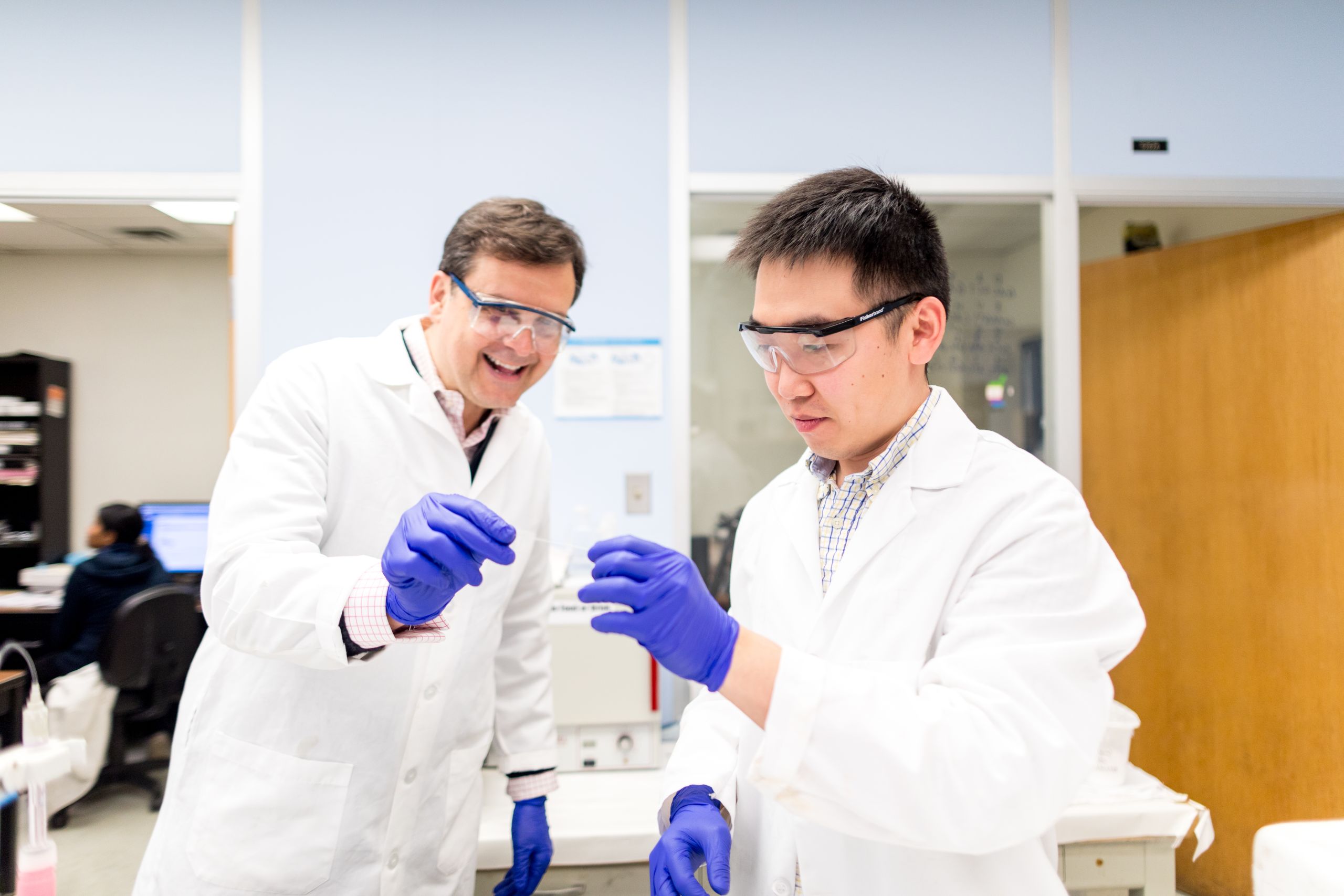
“We will find a rationale of how to suppress the aggregation of these two proteins, and that is a potential treatment strategy.”
Vekilov has dedicated this series of experiments to Stephen Hawking, the renowned scientist who died from ALS in 2018. The protein that causes ALS acts the same way as the cancer protein, aggregating into droplets.
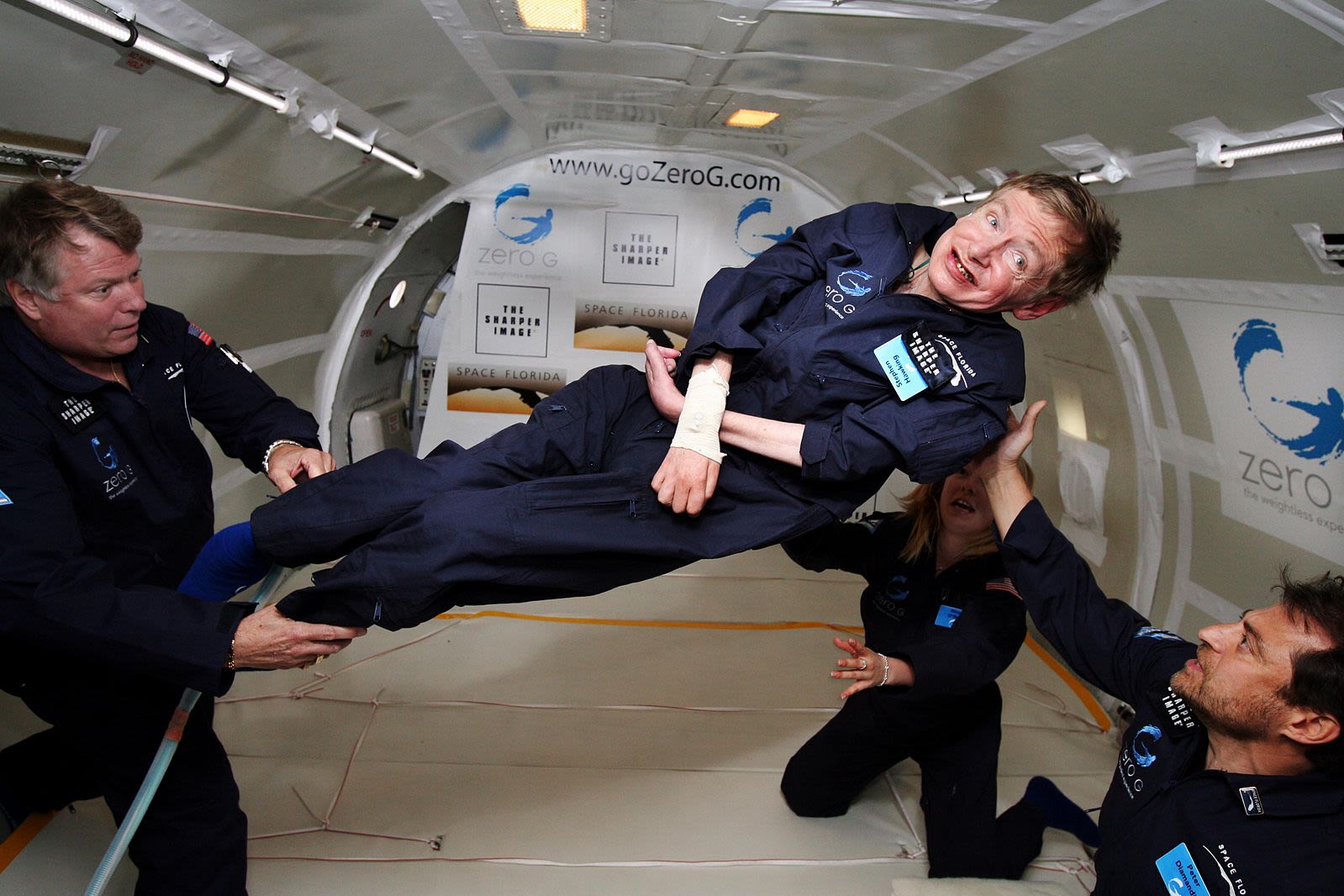
Physicist Stephen Hawking floating in a zero-gravity modified Boeing 727 aircraft undertaking parabolic dips to simulate space conditions. Hawking suffered from amyotrophic lateral sclerosis, also known as Lou Gehrig's disease. Image credit: NASA
Physicist Stephen Hawking floating in a zero-gravity modified Boeing 727 aircraft undertaking parabolic dips to simulate space conditions. Hawking suffered from amyotrophic lateral sclerosis, also known as Lou Gehrig's disease. Image credit: NASA
After the experiment’s pictures are taken and the data is reviewed, Vekilov expects to find a potential treatment strategy for the two deadly diseases.
“We will find a rationale of how to suppress the aggregation of these two proteins, and that is a potential treatment strategy.”
And that, like the atmosphere in which the proteins are being photographed, is stellar.
###
A communication by the University of Houston Division of University Marketing, Communication and Media Relations.
